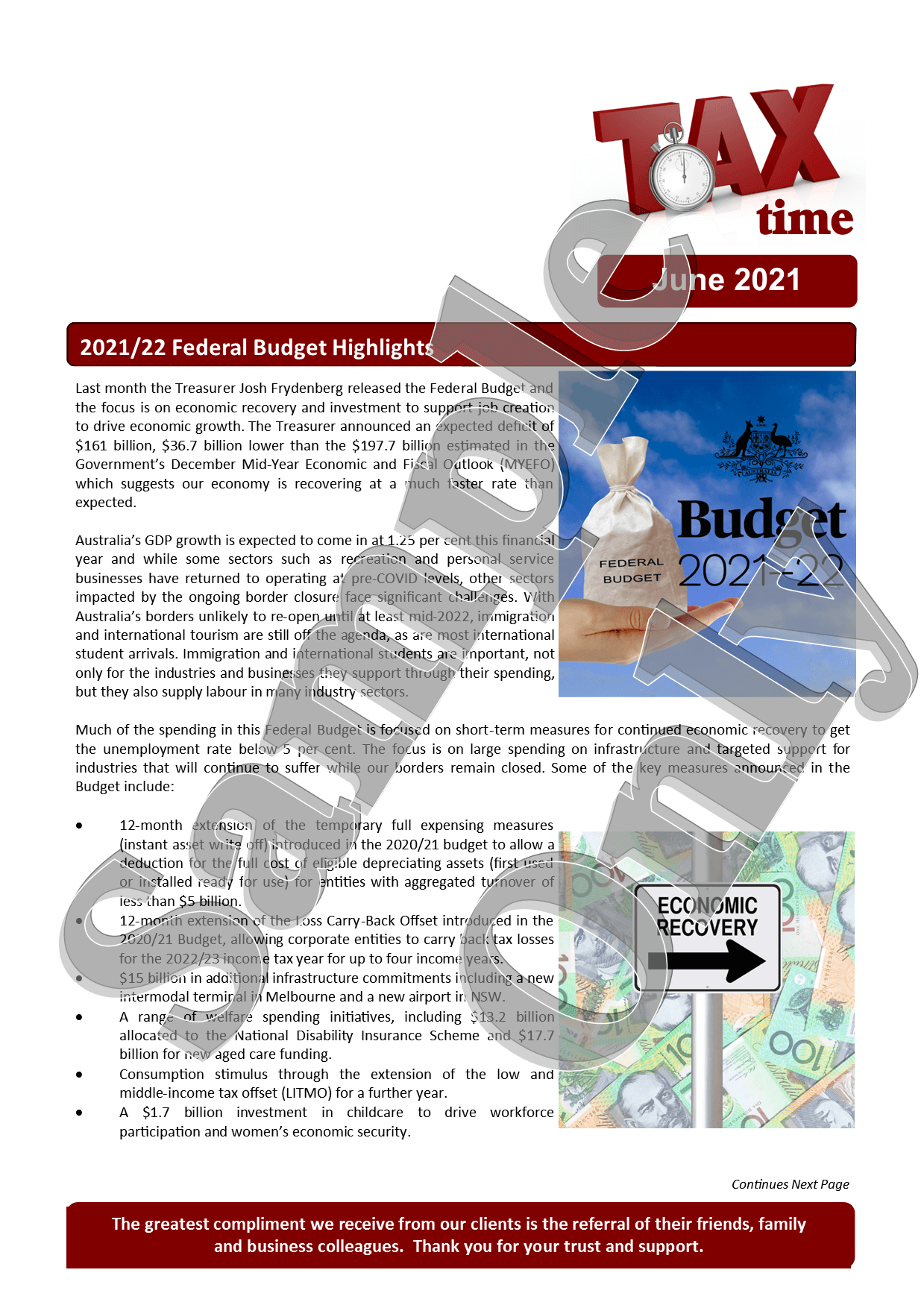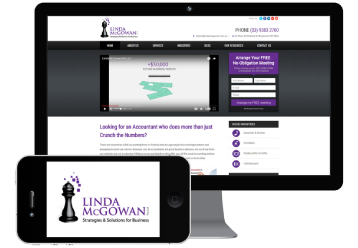 7 Reasons Why Buyers Won't Buy Your Practice
7 Reasons Why Buyers Won't Buy Your Practice
The Deal Breakers
We all know from Economics 101 at university that price is determined by supply and demand. However, when selling your accounting practice there are other price factors that come into consideration and in some cases they are ‘deal breakers’ for prospective buyers.
Currently, demand for accounting practices and fees is at record levels. We have more than 250 registered buyers in Victoria and when a practice lists for sale it is a frenzy. The open market is being starved by baby boomers refusing to sell and in some instances they are selling internally or going ‘off market’ and dealing with a friend or colleague they have known for years in their discussion group, university days or they worked with at another accounting firm in the past.
While prices hold firm because of the supply and demand imbalance, I’m noticing even the hungry buyers are baulking at some firms. Below I have listed some of the reasons why vendors can’t afford to get complacent and this serves as a warning for baby boomers planning to sell over the next few years. This is particularly the case when supply starts to increase.
So what characteristics make buyers shy at a practice?
 Age of the Client Base – as baby boomers hold on longer their client database ages. Buyers generally focus on the top 20 or 30 fee paying clients and if they are all aged 55 plus then buyers fear up to 40% of the practice will disintegrate within a few years. This concern escalates if the top 3 clients form a big percentage of total fees. Age aside, the dependence on these top clients means the risk is even higher for the buyer and they might want to negotiate a reduced price, a higher retention amount or an extension of the retention period.
Age of the Client Base – as baby boomers hold on longer their client database ages. Buyers generally focus on the top 20 or 30 fee paying clients and if they are all aged 55 plus then buyers fear up to 40% of the practice will disintegrate within a few years. This concern escalates if the top 3 clients form a big percentage of total fees. Age aside, the dependence on these top clients means the risk is even higher for the buyer and they might want to negotiate a reduced price, a higher retention amount or an extension of the retention period.
- Declining Fees – if your fees are flat lining or in decline the warning bells ring for buyers. Who wants to pay top dollar for a practice that is in decline and leaking clients? These firms often have an ageing client base (see above) and quite often the principal is a baby boomer who has become somewhat complacent in their twilight years. The practice has been in cruise mode for years and they are often characterised by no marketing, website or financial planning services. In many cases they could best be described as a ‘compliance sweatshop’.
You might think I’m being cruel using these terms but in the next few years buyers will gravitate away from these firms because the target market for most buyers are Gen X and Y clients and these firms have very few clients in that demographic. Bookkeeping is fast becoming a commodity with outsourcing growing in popularity and these clients aren’t interested in paying premium rates for bookkeeping services. They want to use and trust cloud based solutions and want an accountant who does more than keep the score.
- Declining Profitability – let’s face it, buyers want a return on their investment and if your fees are flat lining or in decline while your wages, software subscriptions and rent are creeping up then profits are heading south. The majority of sole practitioners have total fees of between $400k and $500k and when a prospective buyer is comparing similar fee parcels but one has a net profit of $225k and the other has a net profit of $130k then the decision is a ‘no brainer’.
- Staff – with quality staff in short supply, this variable has become even more important. If you have employees producing three times their salary in fees then they become a magnet. A buyer will grill a vendor about their staff and want to know all about their productivity and whether they will stay on. Sometimes the staff are the glue that holds the sale and clients together but obviously a 63 year old employee is not that appealing compared to a 28 year old ‘young gun’.
- T
 echnology – are you paperless with dual screens and using the latest software and tools? If a buyer has to contend with paper that probably means they are inheriting boxes of files and filing cabinets which may create storage issues and additional scanning costs. As my teenage son says, ‘get with the program dad’. Don’t procrastinate and think that technology will be the buyer’s problem when I sell in a few years. That complacency quickly leads to some of the issues I have mentioned above including diminishing profitability. Technology may well be a cost but it is really an investment in the future value of your business. In fact, the primary purpose of technological change is to drive efficiencies and better productivity that leads to improved profits.
echnology – are you paperless with dual screens and using the latest software and tools? If a buyer has to contend with paper that probably means they are inheriting boxes of files and filing cabinets which may create storage issues and additional scanning costs. As my teenage son says, ‘get with the program dad’. Don’t procrastinate and think that technology will be the buyer’s problem when I sell in a few years. That complacency quickly leads to some of the issues I have mentioned above including diminishing profitability. Technology may well be a cost but it is really an investment in the future value of your business. In fact, the primary purpose of technological change is to drive efficiencies and better productivity that leads to improved profits.
- Price Expectations – incredibly some of the owners of practices identified earlier in this article expect to attract premium prices for their business on sale. While the supply and demand equation remains unbalanced prices will hold up, but it won’t last. Most suburban firms with fees under $800k sell for between 80 cents and a dollar for every dollar in gross fees. However, standalone I returns are not worth that much and if 30% of your practice is made up of I returns expect a big discount.
You are also selling future maintainable fees from your client list so you need to look at last year’s gross fees, extract any disbursements and charges for company incorporations, SMSF and trust set up fees, fees charged for multi-year returns and remove fees for clients who have moved on to another accountant, sold their business or had one-off consulting engagements. Remember, you are selling one year’s maintainable fees from a client list.
Also, don’t think your second hand furniture is worth anything. It could be of value to a start-up or internal successor but most buyers are mature businesses who are merging your fees into their practice and they don’t want your 18 month old server that you think is worth $20,000. They simply want the data transferred across to their server and the market for second hand furniture is peanuts according to e-Bay.
- T
 ake Home Clients – buyers will shy at a vendor who just wants to take a 'few’ clients home or a parcel of self-managed super funds. In other words, they're retiring but just want to keep their hand in the tax game. This just sends the wrong message and you can't have your cake and eat it too. If you plan to take a few family clients because they have never paid fees, think again. In a goodwill gesture hand them over and add a notional value to the future maintainable fees of the practice so you get some compensation for all the years you did their work at 'mates' rates. Accountants are notorious for making more 'comebacks' than John Farnham and buyer's are becoming more insistent you hand in your tax agent licence.
ake Home Clients – buyers will shy at a vendor who just wants to take a 'few’ clients home or a parcel of self-managed super funds. In other words, they're retiring but just want to keep their hand in the tax game. This just sends the wrong message and you can't have your cake and eat it too. If you plan to take a few family clients because they have never paid fees, think again. In a goodwill gesture hand them over and add a notional value to the future maintainable fees of the practice so you get some compensation for all the years you did their work at 'mates' rates. Accountants are notorious for making more 'comebacks' than John Farnham and buyer's are becoming more insistent you hand in your tax agent licence.
I trust this helps both buyers and vendors and if you're looking to grow your firm you can read about our programme, the Accountants Accelerator Group that is designed to help you grow your accounting practice so you can spend more time helping clients, not finding clients.






-P-J-Camm-banner.jpg)









Leave a Comment